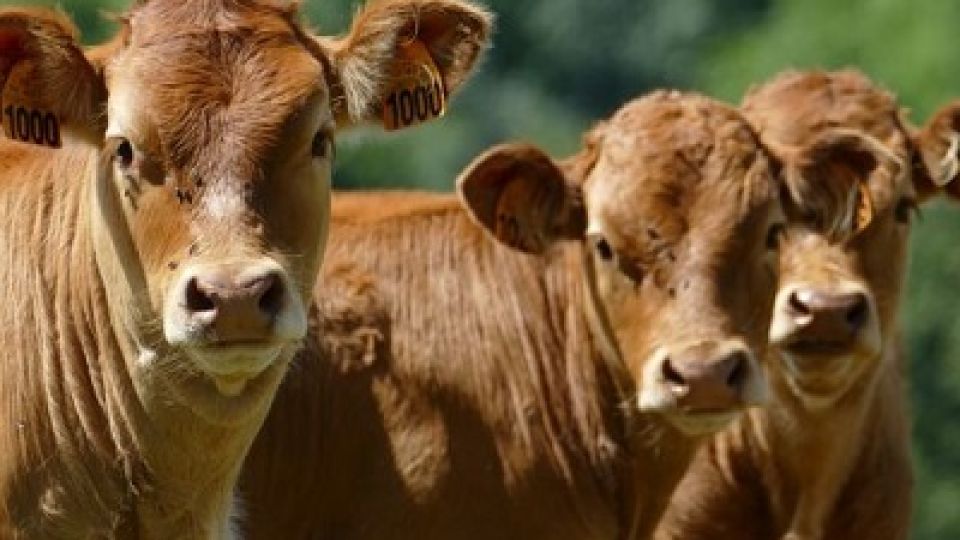by SAVIOUS KWINIKA
JOHANNESBURG, (CAJ News) – AMID lower commodity prices, restrictions to exports following the foot-and-mouth disease and stringent regulations of the citrus black spot disease in Europe, South Africa’s agricultural exports are projected to soften from a record US$12,8 billion in 2022.
While the country’s agricultural exports have remained relatively solid in the first few months of the year, the Agricultural Business Chamber of South Africa (Agbiz) expects the effects of these challenges to be more evident in the second half.
South Africa’s agricultural exports for the first five months of this year were still robust, amounting to $5,06 billion, roughly unchanged from the corresponding period in 2022.
The export destinations remained unchanged from previous years, with the African continent as a leading market, followed by the European Union (EU) as well as selected Asian and Middle-East markets.
The United States (US) was also a prominent export market.
Wandile Sihlobo, chief economist at Agbiz, meanwhile noted the citrus challenges in the EU are not new.
In 2022, the EU proposed changes to its plant safety regulations for citrus without notifying its trading partners within a reasonable time.
These changes purported to protect the EU from a quarantine organism, the false codling moth, by introducing stringent new cold treatment requirements, particularly on citrus imports from Africa, mainly impacting South Africa, as well as the neighbouring Eswatini and Zimbabwe.
South Africa had already put rigorous measures to control false codling moths.
Engagements on the citrus issue between South Africa and the EU are reportedly ongoing.
“The citrus black spot disease issue adds to this challenging environment,” Sihlobo said.
He believes the appropriate channel for resolving the matter is through the continuous engagement of the South African and EU authorities.
“A speedy resolution of these matters and clarity for long-term rules is so important beyond the near-term dissatisfactions on both sides.”
Regarding foot-and-mouth, the livestock industry continues to struggle with the tail-end challenges of last year’s outbreaks.
On a positive note, this year, wool exports have not been interrupted as was the case in 2022 when China temporarily banned wool from South Africa because of fears of foot-and-mouth disease.
Thus, wool was among South Africa’s top ten agricultural export products in the first half this year.
South Africa’s agricultural sector will remain a net exporter in 2023 despite the above mentioned challenges.
In addition to its foreign currency generation, agriculture is a crucial sector in a country battling high unemployment.
According to Statistics SA, in the second quarter of 2023, about 894 000 people were employed in South Africa’s primary agriculture, up 1 percent quarter-on-quarter and 2 percent year-on-year.
This is the highest farm employment level since the last quarter of 2016 and above the long-term agricultural employment of 780 000.
However, geopolitical tensions, deteriorating infrastructure, weakening municipalities, crime and insufficient energy supply all influence farm profitability and job prospects.
– CAJ News

